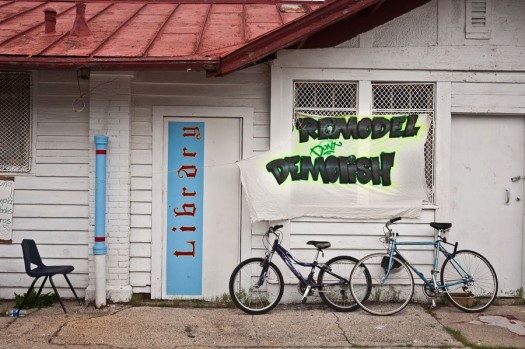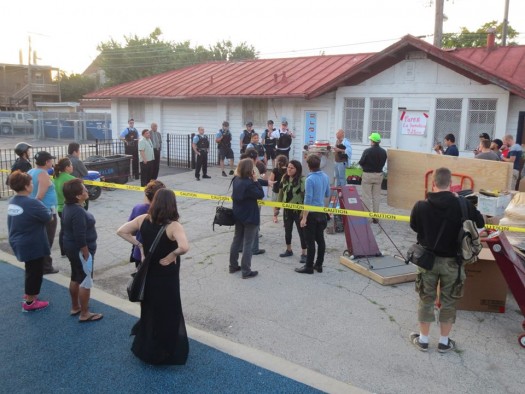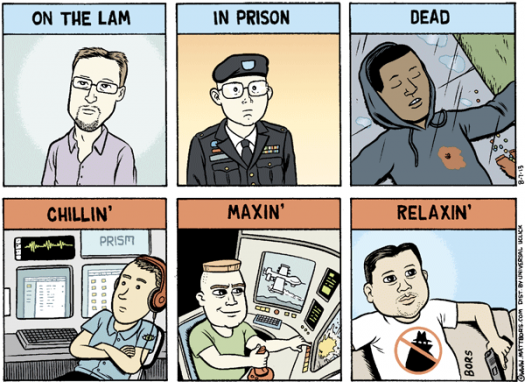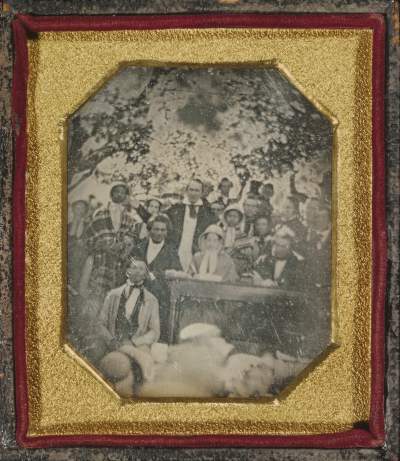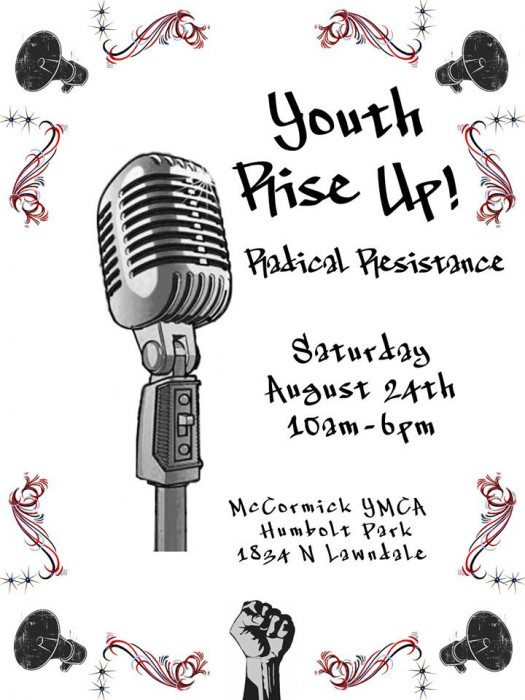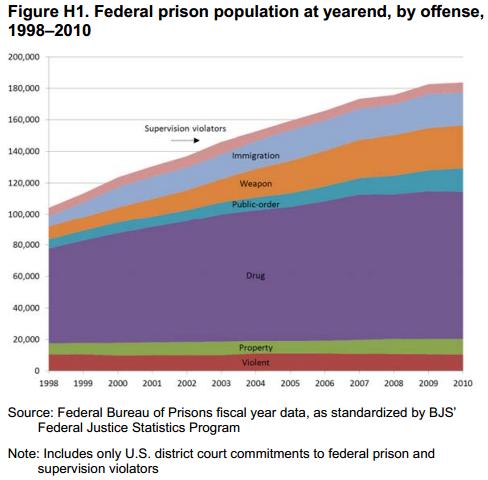Poem of the Day: Southern Cop by Sterling Brown
Southern Cop
By Sterling Brown
Let us forgive Ty Kendricks.
The place was Darktown. He was young.
His nerves were jittery. The day was hot.
The Negro ran out of the alley.
And so Ty shot.
Let us understand Ty Kendricks.
The Negro must have been dangerous.
Because he ran;
And here was a rookie with a chance
To prove himself a man.
Let us condone Ty Kendricks
If we cannot decorate.
When he found what the Negro was running for,
It was too late;
And all we can say for the Negro is
It was unfortunate.
Let us pity Ty Kendricks.
He has been through enough,
Standing there, his big gun smoking,
Rabbit-scared, alone,
Having to hear the wenches wail
And the dying Negro moan.

